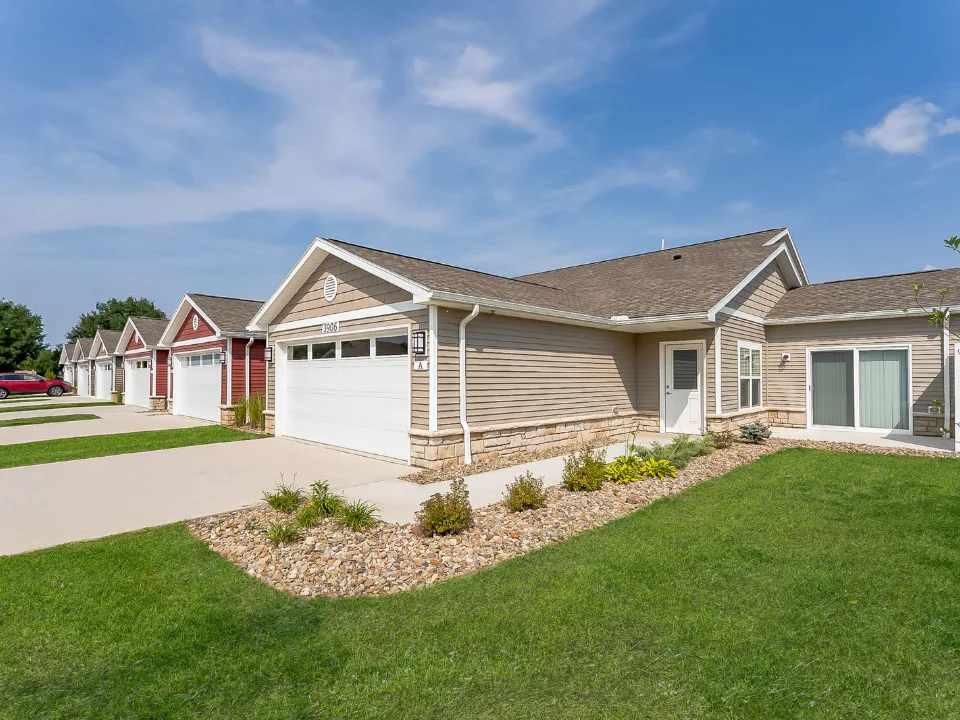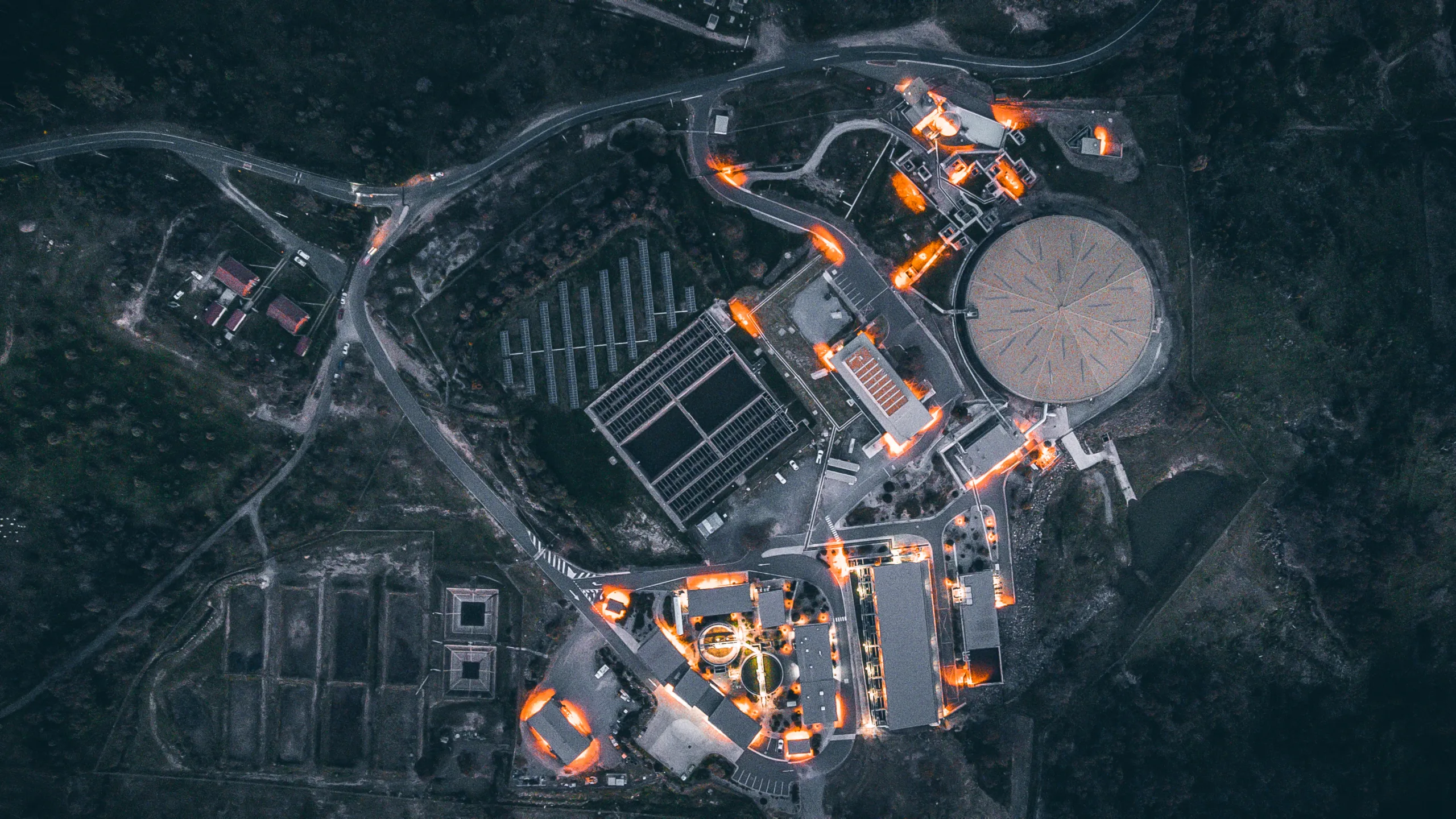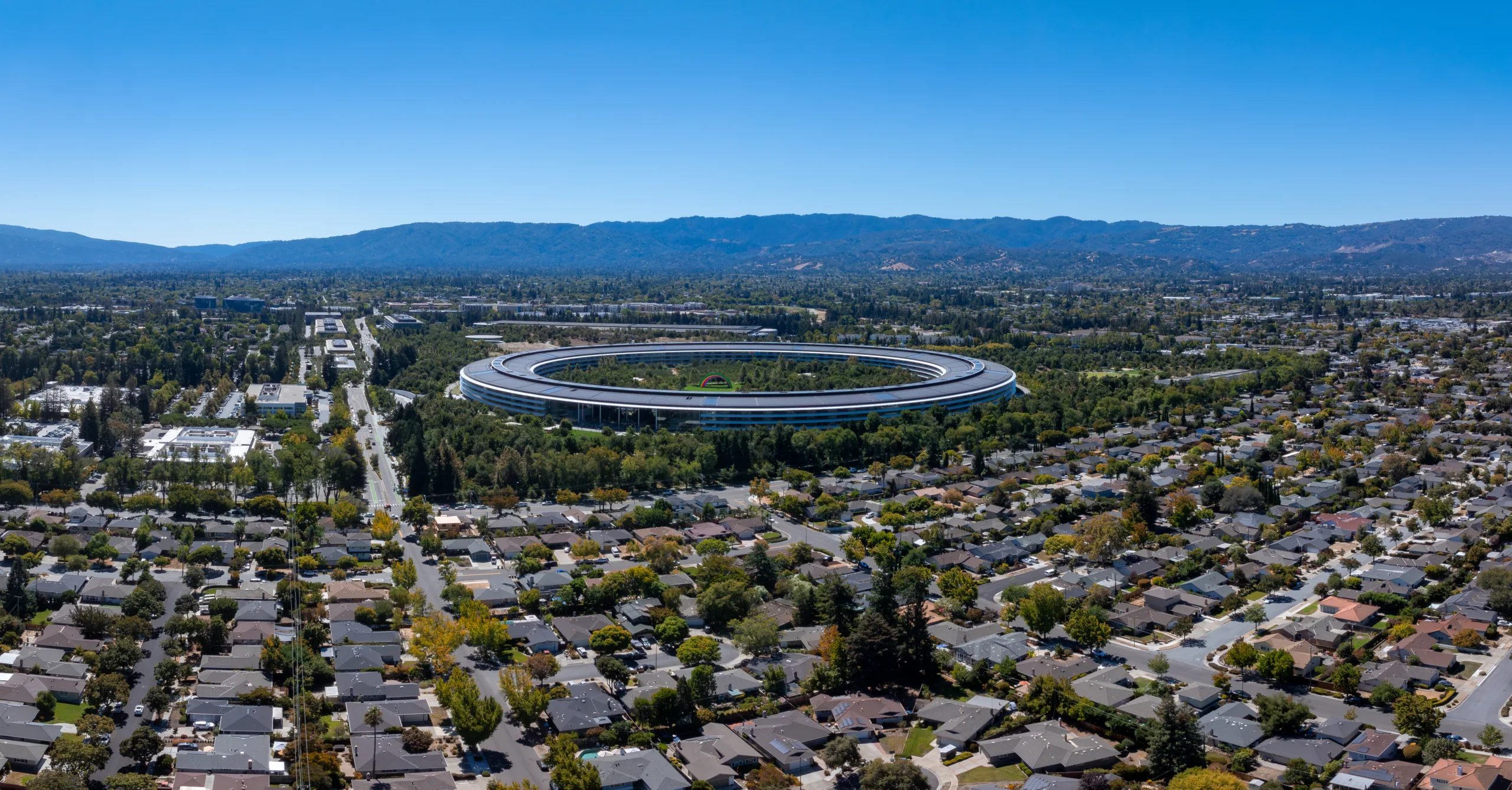- Catal Capital is expanding into commercial real estate debt with a focus on value-add and construction loans in the middle market.
- Family offices are moving quickly and flexibly into CRE deals, often filling gaps left by traditional lenders and institutions.
- Many are taking on more risk, investing in opportunistic deals like student housing, distressed debt, and office-to-residential conversions.
- Real estate is becoming a core part of family office portfolios for both long-term value creation and wealth preservation.
A New Direction
Family offices are becoming major forces in commercial real estate, per GlobeSt. Catal Capital is one example. The firm recently launched a private credit strategy focused on value-add and construction deals.
“We’re focused on middle-market real estate debt,” said Managing Director Trisha Connolly Horowitz. In just one year, Catal has already closed a $20M industrial deal in New York. Additionally, the firm is pursuing opportunities in self-storage and mixed-use retail-office assets.
Why Family Offices Are Well-Positioned
Unlike institutions, family offices can act quickly. Their decisions are usually driven by a single person or family, which allows for agility.
“They’re very flexible,” explained Seth Niedermayer of Herbert Smith Freehills Kramer. “They aren’t bogged down by large committees or rigid mandates.”
This flexibility enables family offices to structure deals creatively. They often step into spaces where traditional lenders and funds are hesitant.
Get Smarter about what matters in CRE
Stay ahead of trends in commercial real estate with CRE Daily – the free newsletter delivering everything you need to start your day in just 5-minutes
Embracing Risk and Complexity
Risk preferences vary widely among family offices. Some pursue stable, income-producing assets. Others are more aggressive, backing developments and turnarounds.
For example, several offices are now providing preferred equity for student housing projects. Others are acquiring distressed debt or recapitalizing struggling assets. These strategies often require deep market insight, but they also offer higher potential returns.
Tal Peri of Union Investment noted, “They’ve been especially active when institutions have stepped back.”
A Shift Toward Sophistication
Family offices are also becoming more institutional themselves. Many now hire experienced professionals to lead in-house real estate arms. These teams handle everything—from acquisitions to asset management.
Moreover, some are creating discretionary funds. These funds allow them to move faster and avoid delays caused by capital syndication.
Peri emphasized, “They’re no longer just wealthy individuals with money. They’re investing with serious expertise.”
Long-Term Focus, Short-Term Action
Family offices often have longer investment horizons. This gives them an edge in a market where patience can lead to value.
They’re also more willing to adapt. In New York, for example, some are converting outdated office buildings into apartments. These plays align with both market needs and available incentives.
Why This Trend Matters
Commercial real estate is becoming a core allocation for family offices. It offers long-term growth, tax advantages, and portfolio diversification.
Catal Capital’s recent moves reflect this evolution. The firm is no longer just a passive owner—it’s building platforms, launching funds, and seeking global partnerships.
As institutional capital slows, family offices are stepping in with confidence and flexibility.
What’s Ahead
Expect this trend to continue. More family offices are likely to invest in private debt, distressed deals, and adaptive reuse projects.
With fewer constraints and a growing appetite for innovation, family offices are well-positioned to shape the next chapter of CRE investment.


















